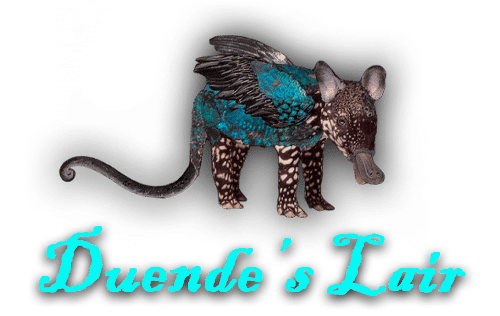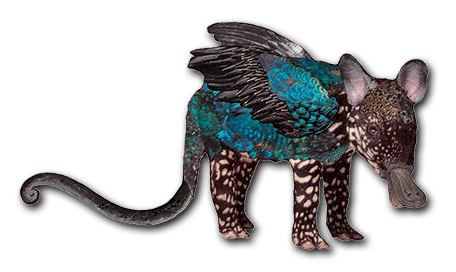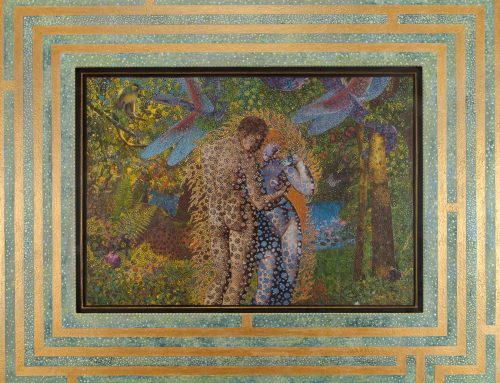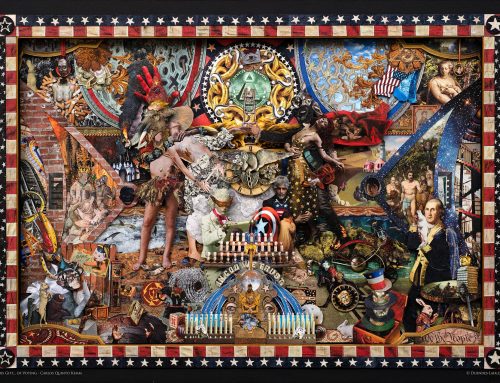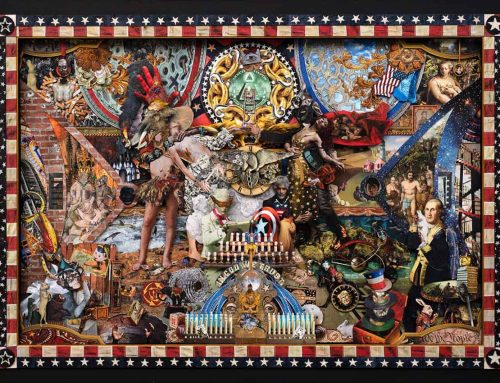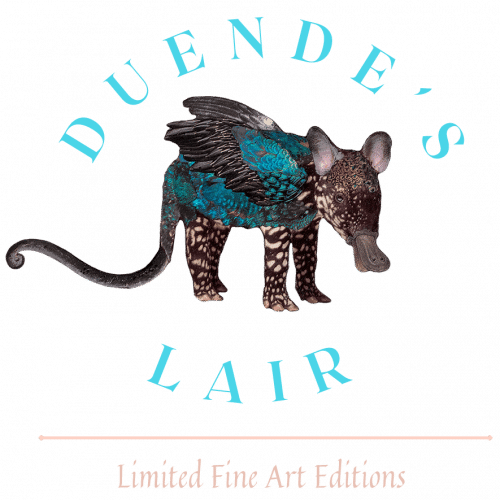The Essential Tools & Materials for Mixed Media Collage
Mixed media collage is an exciting and creative way to make art by combining different materials, textures, and colors. Whether you’re just starting out or have experience making collages, having the right supplies can help you make your artwork even better. This guide will introduce you to the key materials and tools you need to create amazing mixed media collages in a simple and easy-to-follow way.
What are Mixed Media Collages?
Mixed media collage is a type of art where you combine different materials—like paper, fabric, paint, and found objects—to create something unique. Instead of using just one type of material, artists layer and mix them together to tell stories, add textures, and experiment with colors. The best thing about collaging is that there are no strict rules. You can use almost anything to express yourself and make each piece one-of-a-kind.
Choosing the Right Surface
Every collage needs a strong base, also called a surface. This is where you build your artwork, and the type of surface you choose affects how your collage will look and last over time. Different surfaces have different textures and strengths, so picking the right one depends on the materials you plan to use.
- Canvas – A strong and sturdy surface that can hold many layers of paint, glue, and decorations. It works well for thick, textured collages and can be displayed without needing a frame.
- Wood Panels – A hard, durable surface that won’t bend or warp. This makes it perfect for collages that use heavy materials, such as metal or thick layers of paint.
- Watercolor Paper – A lightweight surface that works well for collages with soft, blended colors. It absorbs water-based paints and inks beautifully.
- Mixed Media Paper – Designed to handle different types of materials without tearing. It’s great for artists who like to mix drawing, painting, and collage together in one piece.
- Recycled Materials – Using old book pages, cardboard, fabric, or newspaper adds character and history to your collage. These materials give your work a unique feel and make it more sustainable.
How to Keep Everything in Place: Adhesives
Glue and adhesives help hold everything together. The right type of adhesive depends on what materials you’re using in your collage.
- Gel Medium – A strong adhesive that dries clear and can also add texture. It’s great for gluing paper, fabric, and lightweight objects while keeping them flexible.
- Mod Podge – Works as both glue and a protective seal. It comes in matte or glossy finishes, so you can choose how shiny you want your artwork to look.
- Glue Sticks – A simple and mess-free way to glue down paper elements. They work best for lightweight materials and dry quickly.
- Spray Adhesive – Helps attach delicate materials like tissue paper or lace without making them wrinkle. It’s best used in a well-ventilated area.
- Double-Sided Tape – Great for layering different elements without waiting for glue to dry. It’s quite simple to use while remaining impactless.
Cutting and Shaping Materials
Cutting and shaping different materials gives your collage a polished or raw look, depending on the effect you want.
- Scissors – Basic but essential. Sharp scissors help cut paper and fabric smoothly. Some scissors have decorative edges to add special designs.
- X-Acto Knife – A small, sharp knife that allows for very precise cutting. It’s great for detailed shapes and sizes.
- Paper Trimmer – Helps cut straight, even lines for a clean and organized look.
- Punches & Stencils – Create shapes and patterns easily. Stencils can be used with ink, paint, or pencils to add fun designs.
- Tearing Tools – If you want rough, natural-looking edges, tearing tools help create an organic, artistic effect.
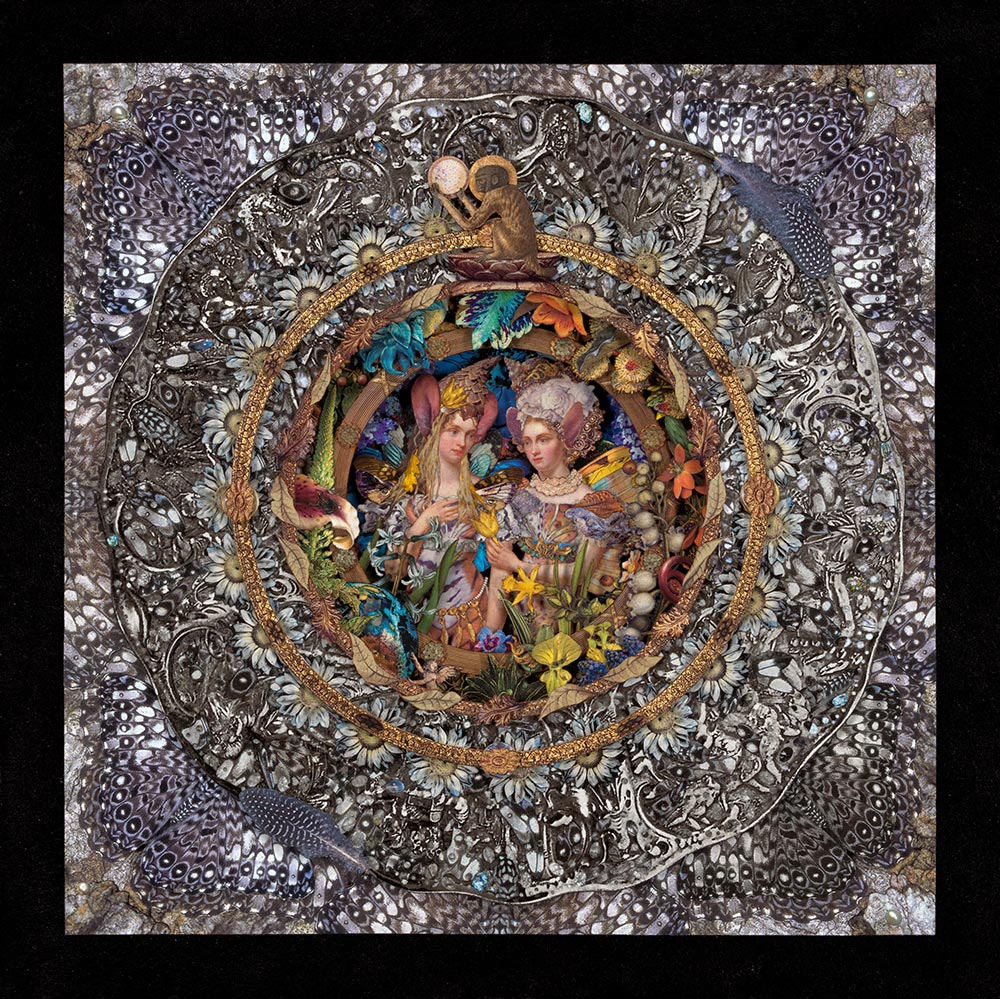
Adding Texture and Layers
One of the best things about mixed media collages is how you can layer different materials to make your artwork stand out. Using a variety of textures can make a piece more interesting and fun to look at.
- Fabric Scraps – Adds softness and color. Lace, denim, or patterned cloth can be glued or sewn onto the collage.
- Tissue Paper – Creates see-through layers that add depth. Wrinkling it can create a unique texture.
- Modeling Paste – A thick paste that lets you create raised designs and add a 3D effect to your artwork.
- Embossing Powder – Adds a raised, shiny texture when heated. It’s great for adding small details that catch the light.
- Thread & Yarn – Stitching onto a collage adds movement, depth, and an extra handmade touch.
- Natural Elements – Leaves, dried flowers, or small twigs add a nature-inspired feel and a raw, organic texture.
By experimenting with different textures and layers, you can create truly unique artwork that reflects your personal style.
Paints and Pigments for Added Dimension
Color plays a crucial role in unifying collage elements and enhancing the overall composition. Various types of wet paints and pigments can be used to add color, depth, and emotion to your work.
- Acrylic Paint – A versatile medium that works well on most surfaces. It provides excellent opacity and vibrant colors, allowing for smooth layering and blending. Acrylics dry quickly and can be used with various mediums to create texture and depth.
- Watercolors – Known for their soft, translucent qualities, watercolors create delicate washes that can enhance the background or blend seamlessly into other collage elements. They work particularly well when paired with textured papers and fabrics.
- Ink & Calligraphy Pens – Perfect for fine details, outlining, and adding handwritten text to your collage. Ink-based pens allow for precise control, and they come in waterproof and fade-resistant varieties to ensure longevity.
- Spray Paint – Ideal for creating soft, blended backgrounds or adding an element of graffiti-like style to mixed media collages. Artists often use stencils with spray paint to create intricate designs and repeated patterns.
- Oil Pastels & Chalk – These pigment-based materials can be blended, smudged, or scratched into the collage for added depth and texture. They offer a tactile, painterly quality that enhances both vibrant and muted compositions.
Found Objects and Ephemera
Incorporating found objects personalizes a collage, making it unique and meaningful. Found items add depth and a sense of history to mixed media art
- Vintage Postcards & Letters – These add a nostalgic or historical element to your artwork. The worn edges, faded ink, and old handwriting provide a rich storytelling component that connects the past with the present.
- Magazine Clippings – Bold graphics, typography, and striking imagery can introduce contrast and contemporary aesthetics. They serve as a way to integrate pop culture references or create dynamic focal points.
- Fabric Swatches – Introducing textiles into a collage adds warmth and texture. Cotton, lace, or burlap pieces can be frayed, painted over, or stitched into the design for an added dimension.
- Buttons, Beads, and Metal Pieces – These elements create raised areas that interact with light and shadow. Metal components can bring an industrial or vintage feel, while buttons and beads add playful, tactile qualities.
- Maps, Stamps, and Tickets – Found travel memorabilia brings a sense of adventure and movement to a collage. These pieces work well in storytelling-based compositions, evoking memories and wanderlust.
Finishing Touches and Protective Layers
To ensure the longevity of your work, applying protective layers is crucial. Proper preservation techniques will prevent degradation over time.
- Varnish or Sealant – Helps protect artwork from dust, UV exposure, and physical wear. A final layer of varnish ensures that delicate elements stay intact while enhancing the colors.
- Wax Medium – Adds an aged, encaustic look while securing delicate elements within the collage. This technique creates a dreamy, softened effect while also sealing and preserving fragile paper or fabric pieces.
- UV Spray Protectant – Prevents fading and color distortion over time. This is especially important for pieces that incorporate delicate inks or water-based paints that may degrade with light exposure.
- Glass or Resin Coating – Ideal for preserving mixed media collages that contain three-dimensional elements. A resin coating can encapsulate small objects within a glossy, glass-like finish, making them more durable.
Bringing It All Together
The beauty of mixed media collage lies in its limitless potential for experimentation. With the right tools and materials, you can create stunning, multi-layered pieces that express your artistic vision. Whether you prefer a minimalist approach or highly textured works, having these essentials on hand will help you push creative boundaries and develop a unique style.
At Duende’s Lair, we celebrate the art of mixed media collage by offering a curated selection of original handmade collage pieces that inspire and captivate. Each artwork is a fusion of storytelling, texture, and creative exploration, making every piece one of a kind. If you’re looking to own a unique work of art that speaks to you, explore our collection and discover the beauty of mixed media collage.
Browse our mixed media artist’s gallery today and find the perfect collage piece to add to your collection!
